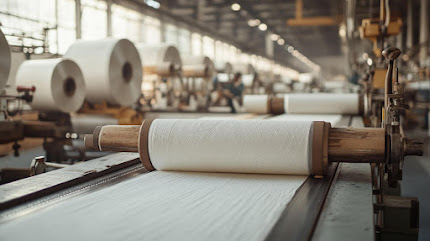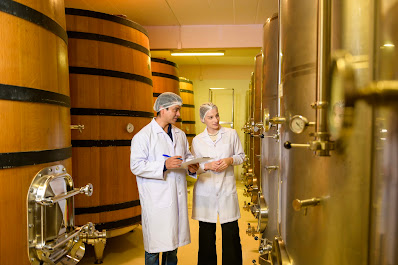Enzymatic Desizing in Textiles: A Strategic Shift Towards Sustainable Manufacturing
In the textile industry, desizing is a crucial pretreatment process used to remove sizing agents such as starch applied to yarns during weaving. Traditionally, this has involved the use of harsh chemicals or acid washes that, while effective, pose environmental and safety concerns. Enter bacterial amylase—an enzyme-based alternative that is quietly transforming the way fabrics are processed.
Bacterial amylase specifically targets starch molecules, breaking them down into simpler sugars without affecting the integrity of the fabric. This specificity allows for a much gentler and more controlled desizing process compared to conventional chemical treatments. The result? Cleaner fabrics, preserved fibre strength, and an overall improvement in quality.
One of the biggest advantages of using bacterial amylase lies in its environmental profile. Unlike chemical desizing agents, enzymes are biodegradable and non-toxic, producing less effluent and requiring milder operating conditions. This means lower water consumption, reduced energy use, and a significant reduction in pollution load—all major wins for sustainable manufacturing.
Operational efficiency also improves. Enzymatic desizing can be performed at lower temperatures and neutral pH, cutting down energy costs and increasing process flexibility. The use of bacterial amylase also leads to fewer fabric rejections due to over-processing or fibre damage, which in turn reduces waste and enhances overall profitability.
Moreover, enzyme-based formulations can be easily integrated into continuous processing lines, ensuring consistent results and minimal downtime. Their compatibility with modern equipment and processes makes bacterial amylase a smart solution for textile manufacturers aiming to scale responsibly.
In an era where both consumers and regulators are demanding more eco-conscious textile production, bacterial amylase offers a compelling path forward. It combines efficiency, fabric care, and environmental safety—a rare and valuable trifecta in an industry that’s under growing pressure to clean up its act.
Source - https://www.biolaxienzymes.com/how-bacterial-amylase-is-revolutionizing-textile-desizing/




Comments
Post a Comment